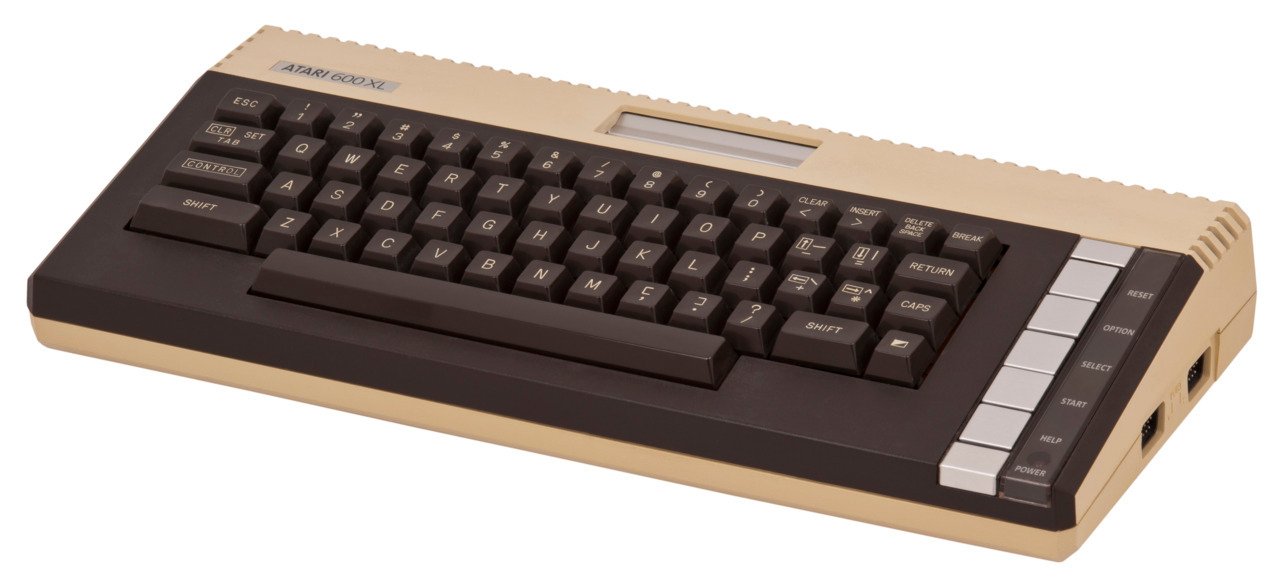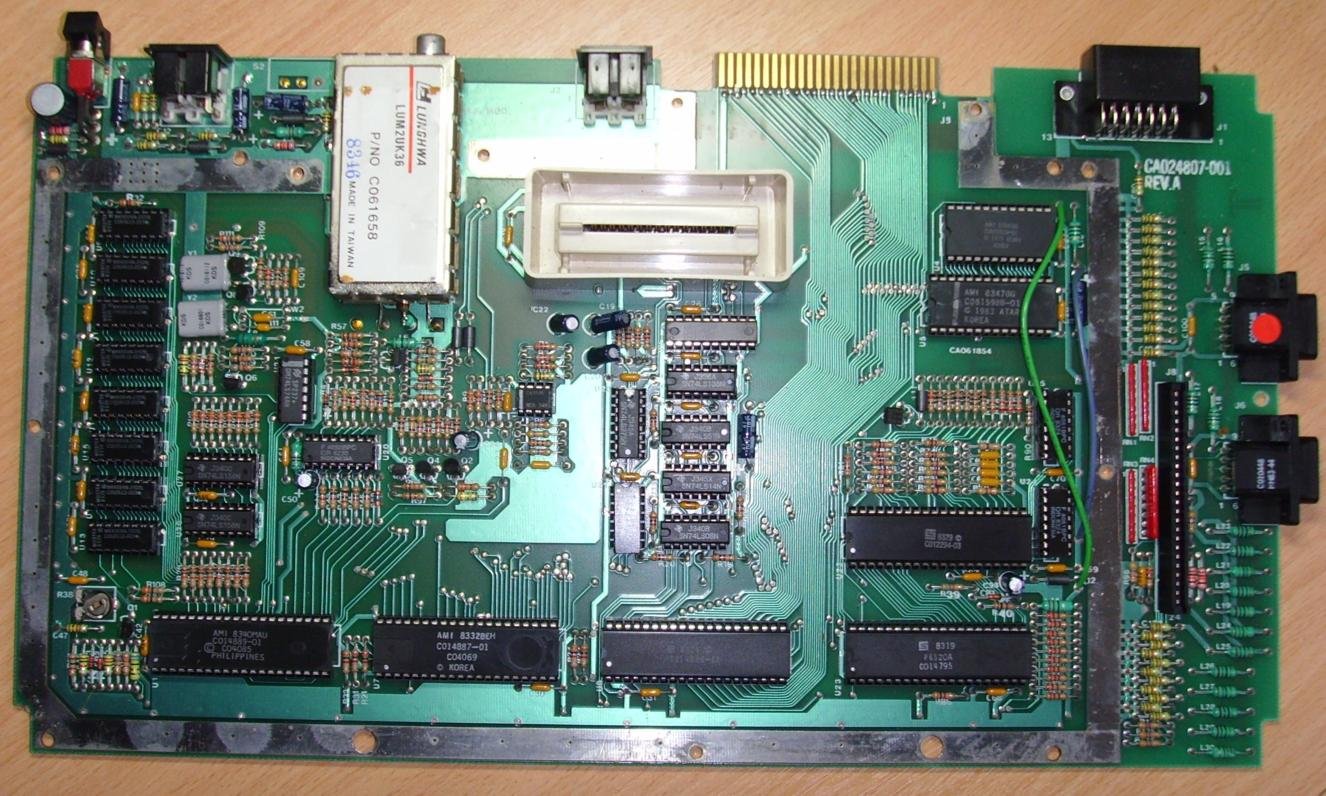Source: K-Power Issue (July/August 1984)
K-Power was a magazine oriented towards teens published in 1984. Only eight standalone issues were published until it merged with Family Computing and became an insert there. The July/August 1984 issue includes:
Features
- How Teen Tycoons Take Care of Business – Some savvy hackers make big dough with their computer skills. How you can, too!
- Computer Comix – Here’s a “Gee, Whiz!” another K-Power laff-riot!
- Computers Go for the Gold – Will computers help cyclist Rebecca Twigg or archer Becky Liggett win a Gold Medal?
- K-Power Picks – Olympics software get K-Power’s highest rating.
- Test Run: IBM PCjr – Forget the rest – read the best! K-Power tells you how the much-heralded PCjr really rates.
- The Making of a Hacker – Can anyone be a hacker? According to Andrea Leptich, the answer is Yes!
- Computer Superstars – A look at some of everybody’s favorite computer cartoon characters – Q*bert, the Zerks, Rockford the bug, and more!
Programming
- Hacker Heaven – A 16-page pullout crammed with programs!
- Compucopia – Byte-size programs.
- Microtones – A new computer-music column with programs and music news!
- Programs – Fireworks, fireworks, and more fireworks!
Products
- Screening Room – Software reviews and strategy.
- Strategy – Exodus: Ultima III – How to kill the evil Exodus and save a world.
- The Rating Game – Space Taxi – a futuristic driving game that talks! Also, Bruce Lee, Dimension X, and more.
Departments
- Editor’s Note – Introducing the K-Base – a computing pen-pal system.
- Logon – Letters from you.
- Compuzine – The experts talk piracy. Plus, Silicon Alley and Scrolling in Dough.
- Dr. Kursor’s Klinic – Where the word “hacker” comes from; what an RGB monitor is.
- K-Net – The winners of the K-Power “Win-a-Modem” contest. Plus, how the K-Net works!
- Contest – Put words in K.I.T.T.’s mouth.
…and more!







